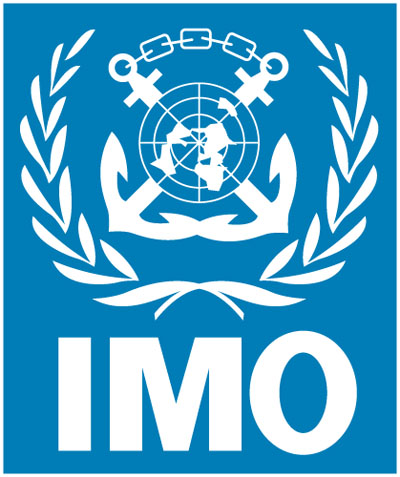Sailing in international waters has always led to disputes over claims from various incidents. In 1618, “Freedom of the Seas” set forth by Hugo Grotius proposed that the seas should be open and accessible to all nations, thus allowing international trade.
In 1648, the Treaty of Westphalia confirmed the idea that complete authority and soverignity over land by rulers would be recognized but no nation could exercise soverignity over the oceans.
In 1974, the SOLAS (Safety Of Life At Sea) Convention was adopted which involved safety standards for all manner of vessel construction, operation, navigation, communication and management.
In 1982, the United Nations Convention on the Law of the Sea (UNCLOS) was passed. The doctrine of Freedom of the Seas persisted during the twentieth century; however, naval arms control also contrbuted to maritime governance. It was the first succesful international collaborative approach to maritime security and building a framework on ocean law.
The International Maritime Organisation (IMO) is the key institution of the United Nations, created in 1948, for the development of international maritime law.

Article 110 of UNCLOS states that warships of any nation have the right to “approach and visit” merchant vessels suspected of certain crimes of universal jurisdiction, such as Maritime Piracy and Slave Trafficking.
In the 1990’s, the Maritime Safety Committee of the IMO adopted and released several safety counterpiracy measures for shipping vessels , such as reduced vulnerability with enhanced lighting and alarms.
In 2002, the attacks of 9/11 prompted a major revision to SOLAS called the International Ship and Port Facility (ISPS) Code. The ISPS Code provides ‘maritime domain awareness’ by locating merchant ships using a satellite-based Long Range Identification and Tracking (LRIT) System or Automatic Identification System (AIS).
In 2005, there was a surge in maritime piracy off the coast of Somalia. The IMO and the UN adopted additional resolutions and guidelines to complement the rules in UNCLOS for dealing with maritime piracy.
In 2008, maritime piracy had doubled in the Horn of Africa with more that 40 vessels hijacked and over 900 seafarers held hostage.
In 2009, 8 coastal states from Gulf of Aden, Red Sea and Indian Ocean developed The Djibouti Code Of Conduct. It was the first Arab-African agreement dedication to counter-piracy.
In 2013, representatives from 25 West and Central African countries formally adopted a code of conduct concerning piracy, armed robbery against ships and illicit maritime activity.
In 2014, the IMO outlined a strategy for implementing maritime security measures in line with this code of conduct that would both work long-term for improving maritime trade in the Gulf of Guinea as well as improve the economic and social development of the African countries.
Today, more than 40 countries have also agreed to patrol the Gulf of Aden and the Indian Ocean. The European Union and NATO escort commercial traffic through the area.